International
Jurassic Journeys: Mary Anning’s impact on evolutionary science
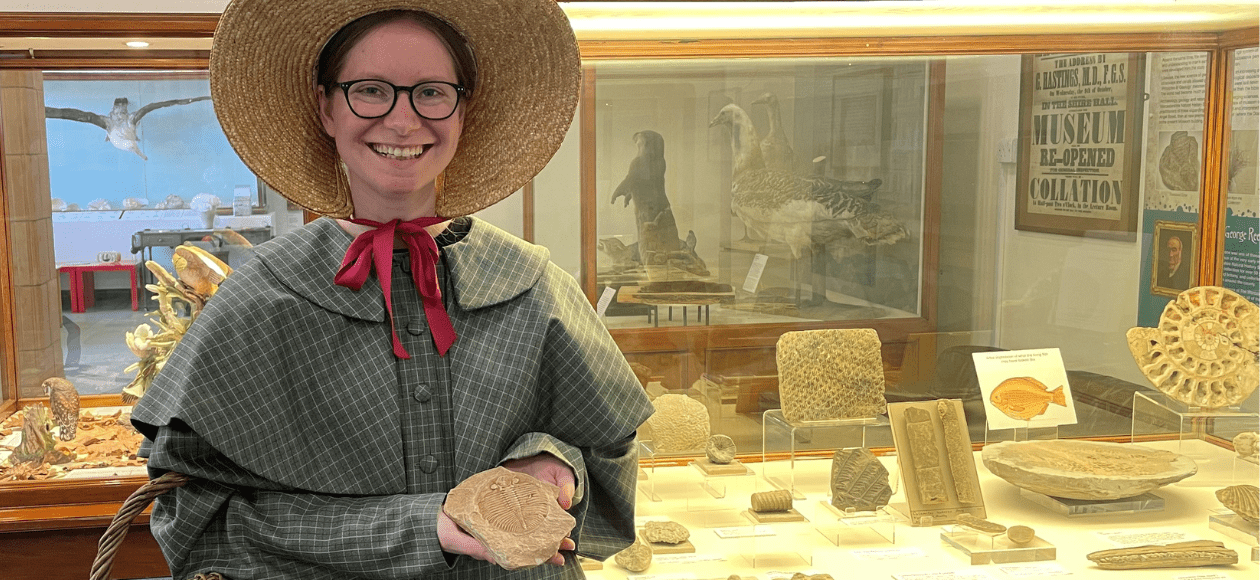
Mary Anning made some of the most significant geological discoveries in history, but her life and work have largely gone unnoticed due to the gender discrimination prevailing in 19th-century England. She meticulously explored the beaches of Dorset on the southwest coast of England, uncovering evidence of marine reptiles that shook the existing scientific knowledge.
Anning’s fossils are believed to have greatly influenced Charles Darwin’s theory of evolution. However, being a poor and uneducated woman, she was never taken seriously by English society. The area where Mary conducted her research is now known as the Jurassic Coast, a stretch of about 152 kilometers in Dorset and Devon counties, recognized by UNESCO for its exceptional rocks, fossils, and geographical features.
Her Great Discoveries
Venturing along the cliffs of Lyme Regis, Mary observed every detail of the rocks, patiently searching through the strata. In 1811, she was informed by Joseph about a peculiar fossilized skull he had found. Mary meticulously excavated the skeleton for months, revealing a 5.2-meter-long creature.
Locals speculated that the boys had found a monster, while the scientific community thought it might be a crocodile. This discovery coincided with Georges Cuvier formulating his “Essay on the Theory of the Earth,” challenging religious principles by proposing catastrophic events in Earth’s history causing extinctions.
The mysterious specimen found by the Annings was eventually called Ichthyosaur, or “fish lizard,” a marine reptile that lived about 200 million years ago. Mary’s controversial and exceptional discoveries continued, including the first complete skeleton of a plesiosaur in 1823, challenging skeptics who initially thought it was fake.
Mary also found the first pterosaur outside Germany, and she is credited as a pioneer in the study of coprolites, fossilized feces. Despite her exceptional achievements, Mary faced systematic discrimination due to her gender, excluded from academic institutions. She persevered, self-educated, and established connections with scientists who recognized her worth.
Mary Anning was never formally admitted to the Geological Society of London due to her gender. The institution acknowledged her talent and contributions many years after her death from breast cancer in 1847 at the age of 47. Mary undoubtedly pioneered in a male-dominated world, paving the way for future generations of female scientists.
International
Germany says football bodies alone will decide on possible World Cup boycott

The German Football Association (DFB) and FIFA will decide with full “autonomy” whether to boycott the upcoming World Cup, which will be hosted mainly by the United States in six months, following threats made by former U.S. president Donald Trump, the German government told AFP on Tuesday.
Trump has threatened to seize Greenland and impose higher tariffs on European countries that oppose the plan, raising political tensions between the United States and Europe.
“This assessment therefore lies with the relevant federations, in this case the DFB and FIFA. The federal government will respect that decision,” Sports State Secretary Christiane Schenderlein said in a statement emailed to AFP.
AFP had asked the German government about the possibility of a boycott of the World Cup to be jointly hosted by Canada, the United States and Mexico from June 11 to July 19.
“The federal government respects the autonomy of sport. Decisions regarding participation in major sporting events or possible boycotts fall exclusively within the responsibility of the relevant sports federations, not the political sphere,” said Schenderlein, a member of the conservative CDU, the party of Chancellor Friedrich Merz.
International
Daily Mail publisher insists reports relied on legitimate sources amid privacy trial
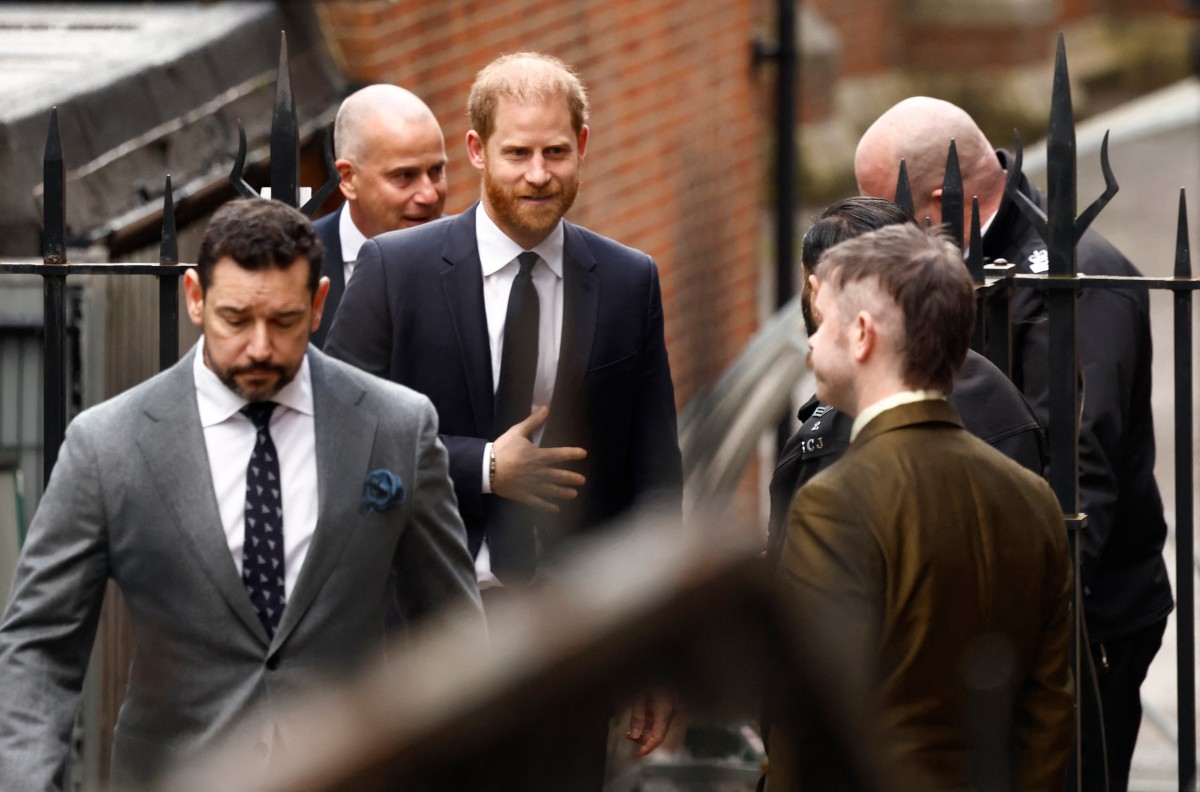
Two British tabloids accused of phone hacking and other forms of “unlawful information gathering” against Prince Harry and six other individuals, including singer Elton John, insisted on Tuesday that their reporting relied on legitimate sources.
Associated Newspapers Ltd (ANL), the publisher of the Daily Mail and The Mail on Sunday, sought to rebut allegations of privacy violations through illegal methods on the second day of trial at London’s High Court, following a lawsuit filed by the seven claimants.
Prince Harry, 41, who attended court hearings on both Monday and Tuesday, could be called to testify starting Wednesday in a trial expected to last up to nine weeks.
Lawyers for the claimants said the alleged illegal activities took place between 1993 and 2011, with some incidents reportedly extending as late as 2018. They argue that the tabloids hired private investigators to intercept phone calls and obtain confidential information, including detailed phone records, medical histories, and bank statements.
However, Anthony White, counsel for ANL, told the court that the trial would show the company presents “a compelling account of a pattern of lawful source acquisition” for its articles.
White added that the claims would require the court to believe that journalists and staff at the tabloids had engaged in widespread dishonesty, which the company strongly denies.
International
Death toll from southern Spain train crash rises to 40

The death toll from the train accident that occurred on Sunday in southern Spain has risen to 40, according to investigative sources cited by EFE on Monday afternoon.
Since early Monday, search operations have focused on the damaged carriages of a Renfe train bound for Huelva, which collided with the last derailed cars of an Iryo train traveling from Málaga to Madrid after it left the tracks.
The crash has also left more than 150 people injured. Of these, 41 remain hospitalized, including 12 in intensive care units at hospitals across the Andalusia region.
More than 220 Civil Guard officers are working at the site, searching the railway line and surrounding areas for key evidence to help identify victims and determine the causes of the accident.
The tragedy has revived memories of the deadliest railway disasters in Europe in recent decades. In Spain, the most severe occurred on July 24, 2013, when an Alvia train derailed near Santiago de Compostela, killing 80 people and injuring 130 others.
At the European level, the worst rail disaster took place on June 3, 1998, in Eschede, northern Germany, when a high-speed train struck a bridge pillar at 200 kilometers per hour, resulting in 98 deaths and 120 injuries.
-

 International3 days ago
International3 days agoU.S. deportation flight returns venezuelans to Caracas after Maduro’s ouster
-
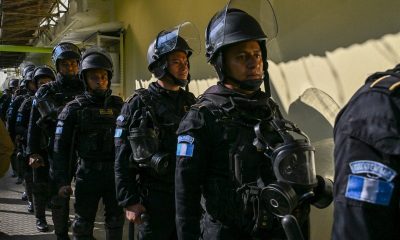
 Central America2 days ago
Central America2 days agoGuatemala prison uprisings leave 46 guards held by gangs
-

 International1 day ago
International1 day agoDeath toll from southern Spain train crash rises to 40
-
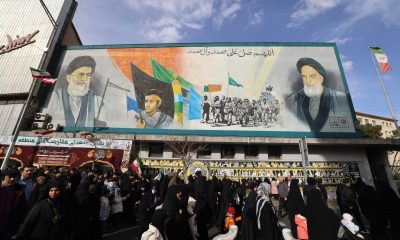
 International4 days ago
International4 days agoCanada accuses Iran of killing its citizen during anti-government unrest
-
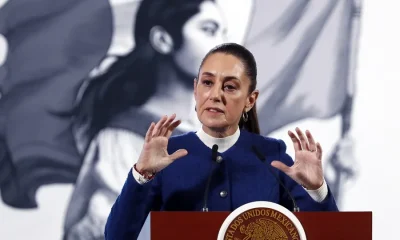
 International4 days ago
International4 days agoSheinbaum highlights anti-drug gains after U.S. says challenges remain
-

 Central America1 day ago
Central America1 day agoGuatemala raises police death toll to nine after gang violence escalates
-
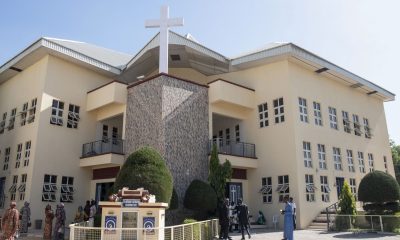
 International1 day ago
International1 day agoOver 160 christian worshippers kidnapped in Kaduna Church attacks
-

 International3 days ago
International3 days agoFormer South Korean President Yoon sentenced to five years in prison
-

 International2 days ago
International2 days agoChile declares state of catastrophe as wildfires rage in Ñuble and Biobío
-
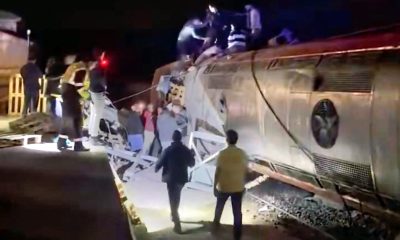
 International1 day ago
International1 day agoSpain’s Prime Minister pledges transparency after train crash kills at least 39
-

 International1 hour ago
International1 hour agoGermany says football bodies alone will decide on possible World Cup boycott
-

 International1 hour ago
International1 hour agoDaily Mail publisher insists reports relied on legitimate sources amid privacy trial


























